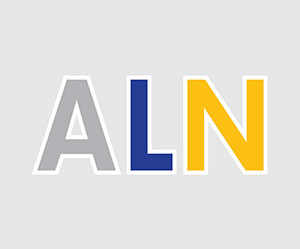The metric system
The need for a single worldwide coordinated measurement system was recognised over 300 years ago. Gabriel Mouton proposed in 1670 a comprehensive decimal measurement system based on the length of one minute of arc of a great circle of the Earth and the swing length of a pendulum with a frequency of one beat per second as the unit of length.
More than a century elapsed before any action was taken.
– The French Revolution
In 1970 the National Assembly of France requested the French Academy of Sciences to deduce an invariable standard for all the measures and all the weights. The unit of length was to be a portion of the Earth’s circumference. Measures for capacity (volume) and mass were to be derived from the unit of length, thus relating the basic units of the system to each other and to nature.
Furthermore, larger and smaller multiples of each unit were to be created by multiplying or dividing the basic unit and its power.
The feature provided a great convenience to users of the system by eliminating the need for such calculations as dividing by 16 (to convert ounces to pounds) or by 12 (to convert inches to feet).
Thus the metric system is a “base-10” or “decimal” system.
– The metre
The French Commission assigned the name “metre” to the unit of length. This name was derived from the Greek word “metron” meaning “a measure”. The physical standard representing the metre was to be constructed so that it would equal one ten-millionth of the distance from the North Pole to the Equator along the Meridian running near Dunkirk in France and Barcelona in Spain.
– The gram
The initial metric unit of mass, the “gram” was defined as the mass of one cubic centimetre (a cube that is 0.01 metre on each side) of water at its temperature of maximum density.
– The litre
The cubic decimetre (a cube 0.1 metre on each side) was chosen as the unit for capacity. The fluid volume measurement for the cubic decimetre was given the name “litre”.
– The seven units
In 1960, the General Conference on Weights and Measures adopted seven official units: the metre (“m”) for length, the kilogram (“kg”) for mass, the second (“s”) for time, the ampere (“A”) for electric current, the kelvin (“k”) for thermodynamic temperature, the mole (“mol”) for amount of substance and the candela (“cd”) for luminous intensity.
The name “International System of Units”, with the international abbreviation “SI”, was adopted for this modern metric system.
















